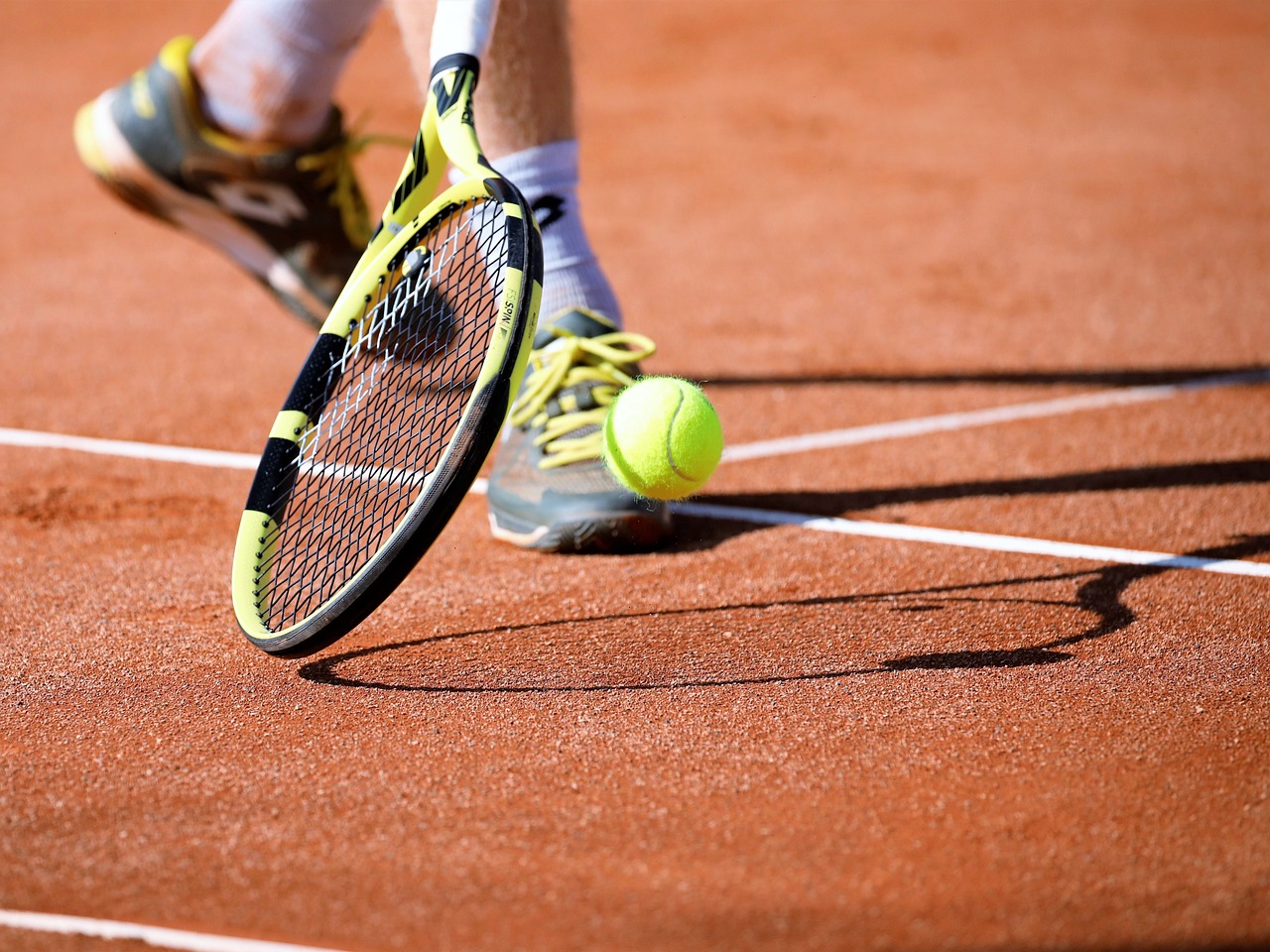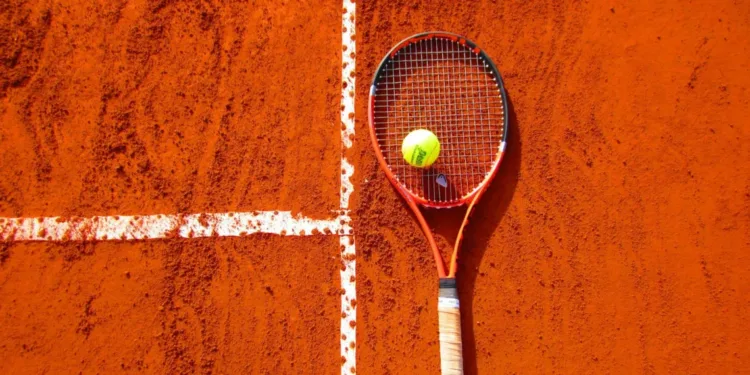The Evolution of Tennis Rackets: From Wood to Graphene
Tennis Gear’s Big Leap: From Wooden Wonders to Graphene Gizmos
Tennis has changed a lot over the years and a big part of that is because of better tennis equipment. The wildest shifts have happened in tennis racquet technology. Thanks to newer materials and smarter designs, these upgrades have reshaped the game. From old-timey wood tennis racquets to cool modern tennis racquets made out of carbon fiber, this change has had a serious influence on players swinging for more power and better control. So how did we zoom from way back then to now, and what’s coming up next?

Back In The Day: Just Wood and Keeping It Simple
Back in the 1800’s and the beginning of the 1900’s, wood tennis racquets ruled the game. Craftsmen made them from glued layers of wood, like ash or maple. These racquets packed a lot of weight and came with tiny heads, which made power and spinning the ball harder — players had to be very skilled. Icons like Björn Borg and John McEnroe swung famous models such as the Dunlop Maxply Fort and the Wilson Jack Kramer.
These wooden wonders gave amazing feedback and control but couldn’t beat today’s racquets in endurance or power when it comes to hitting the ball. They were also pretty heavy and stiff, which sometimes caused injuries and made it tough to play a good game from the back of the court.
Switching to Metal and Mixed Materials
In the swinging 60’s and groovy 70’s, the big players in the game started tinkering with some fresh materials. Wilson introduced the first-ever aluminum racquet, and the cool cats at Prince and Head jumped on the bandwagon. These sticks were way less heavy and had a huge hitting zone so you could hit the ball harder and give it some extra spin. They were also examples of good tennis equipment for beginners.
When the gear got a facelift, people started throwing more cash at tennis. Sort of like when online gaming blew up and birthed whole new playgrounds to spend your hard earned money. Let’s not forget that this happens all over the place — even online spots where you can wager without breaking the bank, the casino minimum deposit joints, are getting more and more players in the game.
Evolution of Tennis Racquets: Carbon Fiber and the Birth of Modern Tennis Racquets
In the 80’s and 90’s, the game got a big boost with new carbon fiber racquets. This shift caused a revolution in the making of tennis racquets- they became less heavy and way stronger. This led to new ways of playing the game. Players like Andre Agassi, Pete Sampras, and later on Roger Federer took these new toys and showed off incredible levels of strength and spin.
Another huge step was when tennis racquet strings that worked well with the new materials showed up on the market. Strings made of polyester and mixed types upped the game giving players more spin and better control. Just like Rafael Nadal and his super topspin hits — he could never do that with the old wooden racquets.
The Influence of Technology on Player Performance
Modern professional tennis racquets allow for adjustments to their mass, equilibrium, and lace arrangements. This enables athletes to tweak their equipment to suit their play—opting for lightweight tennis racquets to boost their speed or picking denser models for more steadiness.
Tennis mentor Patrick Mouratoglou remarked, “The optimal tennis racquet balance is super crucial. We’re not just talking strength here — it’s also about precision, spin, plus cutting down on the chances of getting hurt.” Possessing this ability to customize tennis racquets is what sets the current game apart from earlier times.
Smart Racquets and AI-Driven Performance Analysis
Modern advanced tennis equipment includes smart racquets with embedded sensors that track spin rate, swing speed, and impact location. Tennis racquet brands, such as Babolat and Wilson have integrated AI-driven analytics to help players refine their technique.
This rise in data-driven sports technology mirrors other industries, such as eSports. In fact, the growing popularity of eSports in rural areas has been fueled by similar advancements in technology, making high-level gaming and performance tracking more accessible.
What’s Next: Graphene and More
Recent tech advances have given us graphene-enhanced tennis racquets boosting their strength while keeping them lightweight. For example, Head’s Graphene 360+ racquets; they transfer energy better so you can hit the ball harder but still keep it in check.
Also, playing around with materials like Kevlar and nanotube tech might take tennis racquet technology even further. Imagine racquets fine-tuned by AI on the fly changing with your playing style right there in the match.
How Equipment Changes Affect Today’s Tennis
Every advancement in tennis equipment history brings a shift in the game. Today, power players dominate, matches move at a faster pace, and baseline rallies have largely replaced the serve-and-volley style. Traditionalists argue that some of the sport’s elegance has been lost, but there’s no denying that technological innovations have elevated both the excitement and the physical demands of modern tennis.
This transformation isn’t unique to tennis; it reflects a broader trend across various fields, including exploration and discovery. Just as players transitioned from wooden rackets to high-tech composites, early explorers once relied on celestial navigation before cutting-edge tools revolutionized their journeys. The evolution of technology has reshaped how we engage with both sports and the world around us, making formerly daunting challenges more accessible. Just as it happened with tennis, the hidden wonders of our planet — many of which were once unreachable without modern advancements, are now a lot easier to explore.
Conclusion
Historically, tennis was played using handcrafted wood tennis racquets, but advancements in materials and technology have dramatically transformed the sport. The evolution of tennis gear to modern carbon fiber racquets has fundamentally altered gameplay, offering players increased power, control, and tennis racquet customization. Innovations such as integrated high-tech sensors and precision engineering have not only enhanced individual performance but have also influenced overall game strategy and playing styles. As technology continues to evolve, the future of tennis equipment remains unpredictable, but one certainty remains — innovation will continue to shape the sport, just as it has over the past century.
















